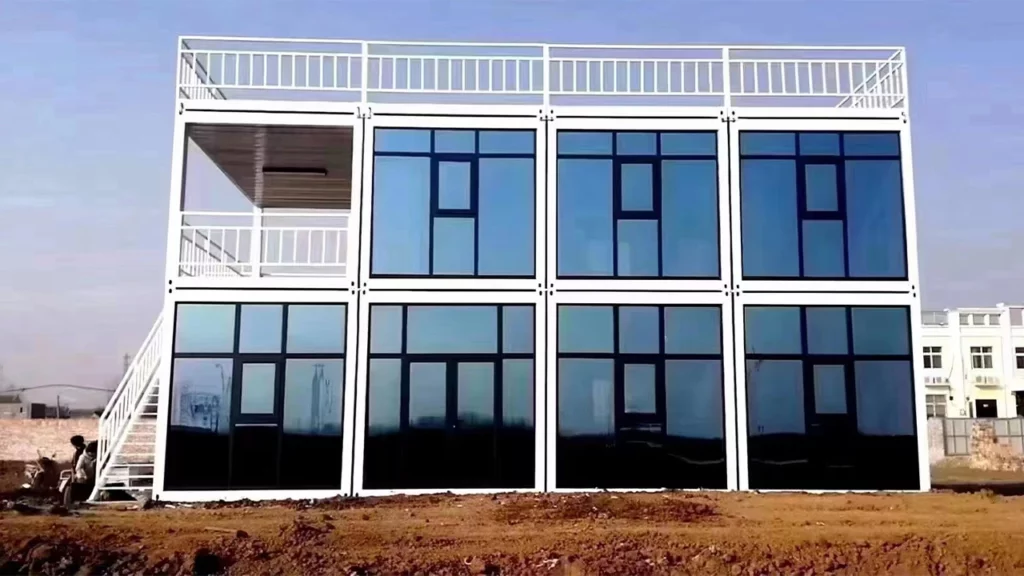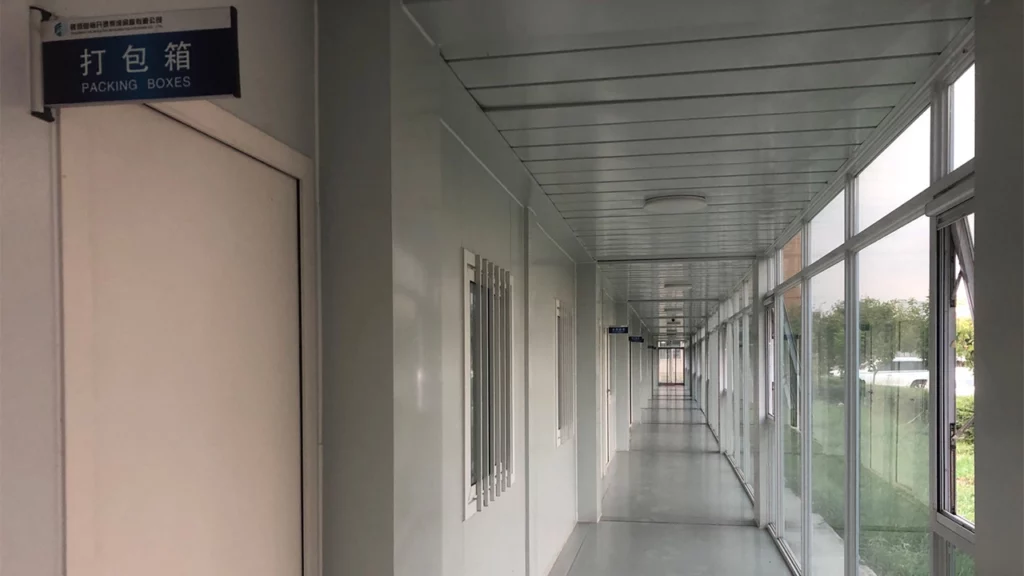shipping container tiny house:Containers on Construction Sites
Containers on construction sites have become a common sight in modern building and infrastructure projects. These sturdy metal containers are no longer used solely for transporting goods; they play various crucial roles on construction sites, providing convenience, flexibility, and efficiency to the projects.

Versatility
First and foremost, containers on construction sites demonstrate their versatility. They can function as offices, warehouses, tool sheds, rest areas, and even living quarters. This versatility suits various types of construction projects, allowing them to adapt seamlessly to specific needs, whether in urban areas or remote wilderness. Additionally, they offer quick and cost-effective solutions.
Convenience
Moreover, containers offer several advantages in terms of convenience. They allow easy and quick installation and setup, promptly meeting the site’s needs. Whether they provide office space for project management teams or temporary accommodation for workers, project teams can implement them rapidly.
Environmental Sustainability
One of the most notable benefits lies in the environmental sustainability of using repurposed containers as construction materials on construction sites. This practice reduces waste generation, contributing to a more eco-friendly construction process. Moreover, reusing these containers reduces the demand for new materials, thereby decreasing resource consumption. In this way, containers contribute to a greener construction industry.
Durability
Containers demonstrate their durability effectively. They withstand harsh transportation conditions, rendering them exceptionally robust and long-lasting. This characteristic allows them to excel on construction sites, even in adverse weather and rigorous usage conditions. Consequently, they require minimal maintenance for extended use, which is a cost-effective solution for project managers.
Flexibility
Containers have highly flexible designs that allow customization and modification to suit specific project requirements. This adaptability means they can transform to serve various purposes. For instance, project teams can easily convert them from office spaces to accommodations, storage facilities, or specific project needs. This adaptability enhances their usability on a wide range of construction projects.
Cost-Effectiveness
Regarding cost-effectiveness, using containers as temporary facilities on construction sites presents significant advantages. They come with lower acquisition and modification costs, making them a financially prudent choice. Additionally, they provide reliable service throughout their lifespan, enhancing their overall cost-effectiveness. Consequently, they offer a cost-efficient solution for project managers and owners.

Practical Applications
Containers find extensive applications across various construction projects, including buildings, bridges, roads, and water infrastructure projects. They supply project managers with office space, offer rest areas for workers, and provide essential storage space for materials and tools required for the project. As a result, they contribute to the smooth and efficient execution of construction projects.
In conclusion, containers on construction sites have become indispensable in modern building and engineering projects. Their versatility, convenience, environmental friendliness, and cost-effectiveness make them an ideal choice to meet project needs. Looking ahead, with continuous technological and design advancements, we can expect containers to see increased use on construction sites, providing even more convenience and support to engineering projects.